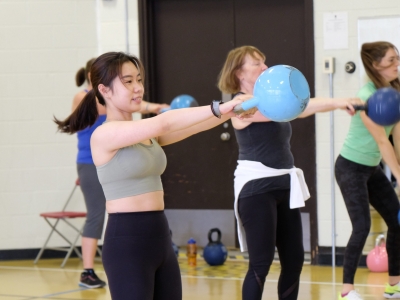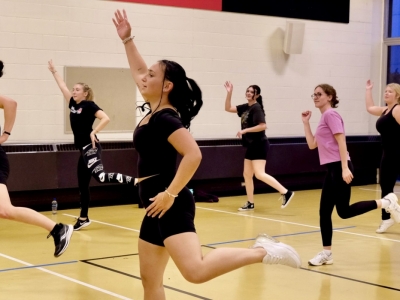What is functional fitness? The words roll off the tongue as easily as boot camp once did. You could define functional training in a lot of ways, but for this article’s sake, we’re going to define it as training for everyday life. So, how does that definition transpose itself into your workout routine? Here are three keys to consider.
Planes of movement
There are three primary planes of movement: Sagittal, frontal, and transverse. Many people train only in the sagittal plane (front to back—bench press, cleans, pull-ups, squats, lunges, etc.) What’s missing is the frontal plane (lateral—Cossack squats, lateral raises, abduction and adduction, etc.) and the transverse plane (rotation— windmills, sledgehammer swings, woodchoppers, Russian twists, etc.) because it’s a combination of these movements that make up functional training. As a real-life example, injuries aren’t too common when you squat perfectly to pick something up that’s balanced—the injury will come when you lift an item that isn’t balanced and you’re forced to use lateral and transverse muscles to compensate. If you haven’t trained these muscles, they may not be ready to work.
Methods of Movement
Similar to the planes of movement are methods of movement. Push, pull, squat, hinge and rotate are the five primary methods of human movement and you want to make sure you’re training all of them regularly (though not necessarily all of them every session). My personal favourite is combining multiple methods into an exercise: Thrusters, Turkish getup, renegade rows, side plank lateral raises, bottoms up Cossack squats, etc. The options are limitless and a lot of fun. Unleash your creativity and it’s impossible to get bored.
Unilateral and Off-balance training
Another favourite of my approaches to functional training is training one side of the body at a time, or training one side of the body heavier than the other (and switching every set to balance out overall). In this method you are using a lot of stabilizers to compensate for being off balance. Because you can start with light weights and move up in a semi-controlled manner, you gain the benefit of training off-balance without the risk of an injury from a sudden lift (like a couch) that you aren’t prepared for.
Wednesday, November 25, 2020 in Fitness, General, News
Share: Twitter, Facebook



